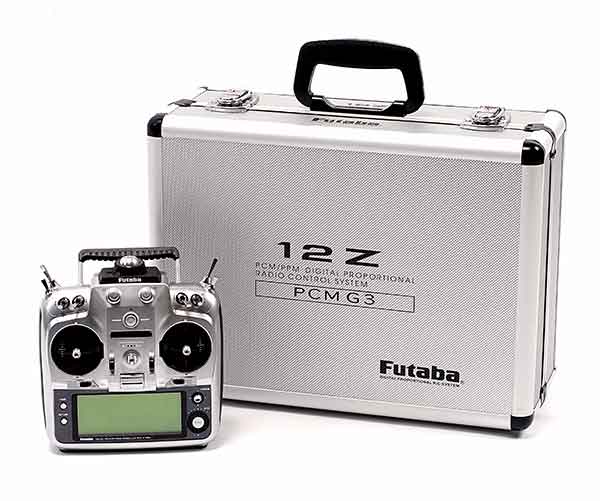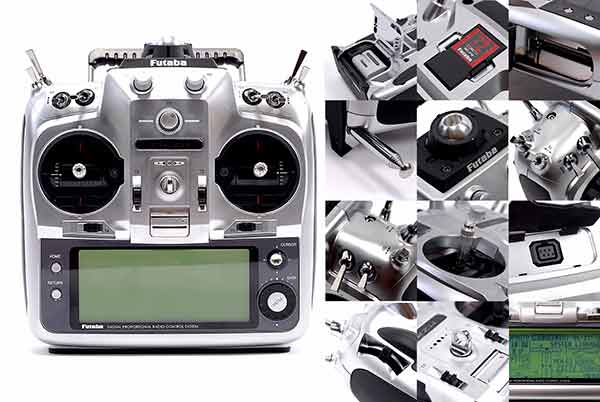|
I used the same thinking process
when I was choosing my helicopter; purpose.
I wanted a radio that I can grow
with rather than outgrow and have to purchase another later.
Tell the salesperson at the
RC store of your plans and they can recommend a radio for you.
For aerial photography there are
two options.
First option is to purchase two
radios. One for the helicopter and another to control the
camera. Some work with a partner. One shoots and the
other flies. Some are capable of controlling both.
Second option is for solo fliers.
Purchase a radio that has a lot of channels so you can transmit to two receivers simultaneously.
The ability to transmit to two receivers is not mandatory.
This depends on the type of photography you'll be doing and the
camera mount. By having many channels you can split the number
of channels between the two receivers.
The purpose for a dual receivers is for camera mounts that has the ability to rotate 360°.
You'll need a receiver one for the helicopter and one for the rotating
camera mount. You will then require a second transmitter. For stationary camera mounts you can get away
without this option.
Some have designed their camera
mount so you could run wires along the shaft of the mount.
This allows the use of one receiver.
The radio I have is Futaba's 12Z.
This has the capability to transmit to two receivers. For my
solo use it fulfills my needs. There is a higher version to
this, the 14MZ. As the name says, it's a 14 channel radio that
features a touch screen user interface. s

I chose this specific radio for
the number of channels and its programming flexibility. My main purpose for
getting into aerial photography was for aerial panoramas. I
wanted a camera mount to rotate a full 360° underneath the
helicopter. A single receiver would not be able to accomplish
this task as the wires from the servos would interfere as the camera
rotates. Unless of course your mount can run wires along its
shaft. All the other bells and whistles of the radio was
just a bonus for me.
As an option, without a rotating
camera mount, is to simply rotate the heli itself. Rotating
the helicopter and trying to keep it in one spot is difficult.
With the aid of GPS system this is possible but still not as
accurate compared to a rotating mount combined with GPS.

|